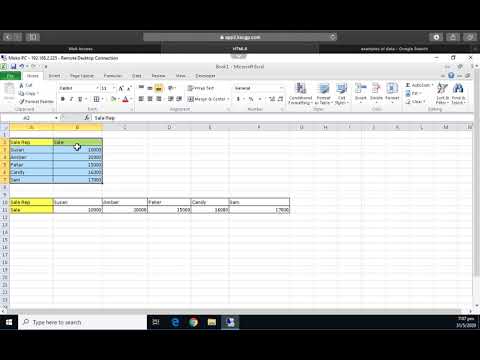5 Essential Tips for School Accounts in Excel

Managing school accounts efficiently requires meticulous organization and accuracy. Microsoft Excel, with its powerful spreadsheet capabilities, is an excellent tool for maintaining detailed and accurate financial records. Here are five essential tips for school accountants to make the most out of Excel in managing school finances.
1. Utilize Categories and Subcategories


Start by categorizing income and expenses into broad categories like:
- Tuition fees
- Fundraising
- Maintenance
- Utilities
Then, create subcategories under each category to drill down into specific details:
- Tuition fees: New students, Returning students, Late fees
- Fundraising: Auctions, Bake sales, Online campaigns
🔍 Note: Using categories and subcategories ensures detailed tracking and simplifies data analysis.
2. Leverage Excel Formulas and Functions

Excel’s built-in functions can simplify complex calculations:
- SUM(): Adds up numbers in a range of cells.
- AVERAGE(): Calculates the average of selected numbers.
- IF(): Conditional logic to categorize transactions.
- VLOOKUP() or XLOOKUP(): Searches for a value in one column of a table and returns a value from the same row in another column.
Example:
=IF(B2 > 1000, “High”, “Low”)
This formula checks if the value in cell B2 is greater than 1000 and labels it as “High” or “Low” accordingly.
3. Set Up Pivot Tables


Pivot tables in Excel are powerful tools for summarizing, analyzing, and presenting your data:
- Quickly reorganize and summarize large datasets.
- Allow for dynamic analysis and reporting.
To create a pivot table:
- Select your data range.
- Go to the ‘Insert’ tab, and choose ‘PivotTable’.
- Select where you want the pivot table to be placed.
- Configure fields to summarize data as needed.
📊 Note: Pivot tables can save hours of manual data processing, making it easier to generate financial reports and insights.
4. Implement Data Validation

Ensure data integrity by using data validation:
- Create dropdown lists for categories to prevent data entry errors.
- Set limits on input values (e.g., dates or monetary figures) to ensure consistency.
- Customize error alerts to inform users about valid data entry formats.
Example:
=DataValidation(Settings(Cell A2, AllowTextLength, Between, 1, 10000))
5. Regular Data Backup and Sharing


Financial data is sensitive, making regular backups essential:
- Use cloud storage or local backups to safeguard against data loss.
- Implement password protection and restricted access for sensitive sheets.
- Share documents through Excel Online or OneDrive for real-time collaboration.
Here’s how to protect your workbook:
- Go to ‘File’ > ‘Info’ > ‘Protect Workbook’.
- Choose ‘Protect Workbook Structure’ or ‘Protect Sheet’ to prevent unauthorized changes.
By following these tips, school accountants can efficiently manage school finances, providing accurate, timely, and secure financial reports. This structured approach not only streamlines processes but also ensures compliance with financial regulations and transparency in school operations.
What are the benefits of using categories and subcategories in Excel?

+
Using categories and subcategories in Excel helps in organizing financial data into manageable segments, enabling quick analysis, reporting, and tracking of specific financial transactions with ease.
How can Excel formulas enhance financial management in schools?

+
Excel formulas automate calculations, making financial management more accurate and less time-consuming. Functions like SUM(), AVERAGE(), and IF() can help in making instant computations and conditional assessments.
What role do pivot tables play in financial reporting?

+
Pivot tables allow for dynamic data analysis, summarizing vast amounts of financial data into manageable reports, enabling school accountants to extract insights quickly.



